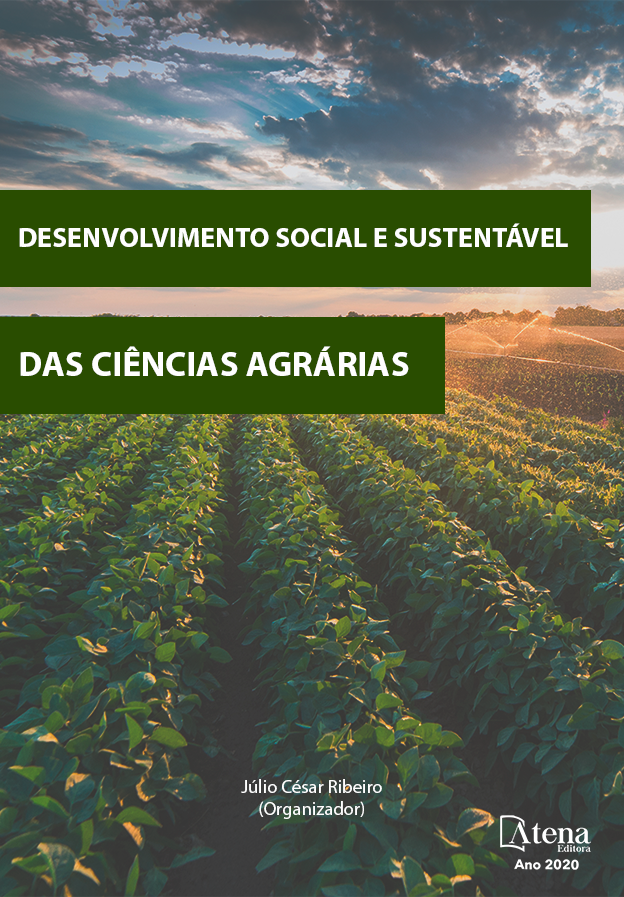
DIFERENTES NÍVEIS DE SOMBREAMENTO NO DESENVOLVIMENTO DA CULTURA DA SALSA
A salsa é uma hortaliça do tipo folhosa de clima subtropical. Para melhor desempenho da cultura, esta normalmente é implantada em ambientes protegidos e/ou com telas de sombreamento, visando diminuir os estresses ambientais, principalmente o excesso de luminosidade. Assim, este trabalho teve por objetivo avaliar o desempenho da cultura da salsa com diferentes níveis de sombreamento utilizando-se telas com 25, 50 e 75%, sendo a testemunha sem uso de telas. Parte das plantas de cada tratamento/sombreamento também recebeu a aplicação de aminoácidos a fim de verificar sua influência no desempenho da cultura. Nas condições do estudo, as plantas não foram responsivas à aplicação de aminoácidos, não apresentando diferenças significativas entre si. Entretanto, houve diferenças significativas entre os parâmetros avaliados de altura de planta, comprimento de raiz, massa verde e seca entre os diferentes níveis de sombreamento. O tratamento com tela de 25% foi o que apresentou menor desempenho, apresentando menores valores de massa verde e seca. O tratamento com tela de 75%, por sua vez, apresentou estiolamento e pouca massa seca. O tratamento com tela de 50% foi o melhor dentre todos, pois apresentou bons valores de massa verde e seca, bem como altura de planta dentro da normalidade, apresentando as melhores características para comercialização.
DIFERENTES NÍVEIS DE SOMBREAMENTO NO DESENVOLVIMENTO DA CULTURA DA SALSA
-
DOI: 10.22533/at.ed.7332013107
-
Palavras-chave: telas, Petrocelinum crispum, morfologia, produtividade.
-
Keywords: screen, Petrocelinum crispum, morphology, productivity.
-
Abstract:
Parsley is a leafy type vegetable with a subtropical climate. For better performance of the crop, it is usually implanted in protected environments and/or with use of shading screens, aiming to reduce environmental stresses, especially the excess of light. Thus, this work aimed to evaluate the performance of the culture of parsley with different levels of shading using screens with 25, 50 and 75%, being the control without using screens. Part of the plants of each treatment/shading also received the application of amino acids in order to verify their influence on the performance of the culture. Under the conditions of the study, parsley plants were not responsive to the application of amino acids, showing no significant differences. However, there were significant differences between the parameters evaluated for plant height, root length, green and dry mass between the different levels of shading. The 25% screen showed the lowest performance, with the lowest values of green and dry mass. The 75% screen, on the other hand, showed etiolation and little dry mass. The 50% screen was the best among all, as it presented good values for green and dry mass, as well as normal plant height, with the best characteristics for commercialization.
-
Número de páginas: 10
- Alice Casassola
- Katia Trevizan
- Andrei Retamoso Mayer
- Leonita Beatriz Girardi
- Ilvandro Barreto de Melo
- Elias Abel Barboza
- Gustavo Zulpo
- Adriel Henrique Papke
- Geverton Adriel Grevenhagem
- Diocles Zampieri Dalla Costa


